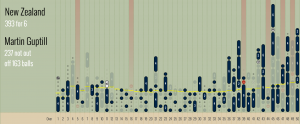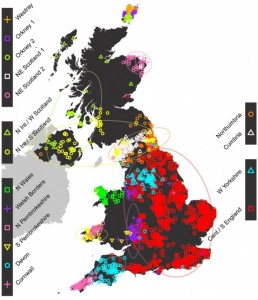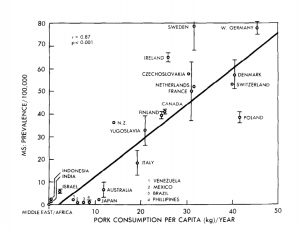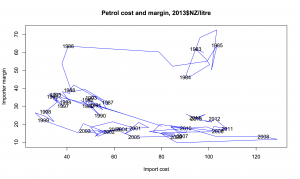NRL Predictions for Round 4
Team Ratings for Round 4
The basic method is described on my Department home page.
Here are the team ratings prior to this week’s games, along with the ratings at the start of the season.
| Current Rating | Rating at Season Start | Difference | |
|---|---|---|---|
| Rabbitohs | 13.78 | 13.06 | 0.70 |
| Roosters | 10.81 | 9.09 | 1.70 |
| Panthers | 5.37 | 3.69 | 1.70 |
| Cowboys | 5.19 | 9.52 | -4.30 |
| Storm | 4.43 | 4.36 | 0.10 |
| Broncos | 3.83 | 4.03 | -0.20 |
| Warriors | 2.94 | 3.07 | -0.10 |
| Bulldogs | 1.56 | 0.21 | 1.40 |
| Knights | 0.77 | -0.28 | 1.00 |
| Sea Eagles | 0.01 | 2.68 | -2.70 |
| Dragons | -3.71 | -1.74 | -2.00 |
| Eels | -5.62 | -7.19 | 1.60 |
| Raiders | -7.45 | -7.09 | -0.40 |
| Wests Tigers | -9.74 | -13.13 | 3.40 |
| Titans | -10.02 | -8.20 | -1.80 |
| Sharks | -10.80 | -10.76 | -0.00 |
Performance So Far
So far there have been 24 matches played, 16 of which were correctly predicted, a success rate of 66.7%.
Here are the predictions for last week’s games
| Game | Date | Score | Prediction | Correct | |
|---|---|---|---|---|---|
| 1 | Broncos vs. Cowboys | Mar 20 | 44 – 22 | -1.60 | FALSE |
| 2 | Sea Eagles vs. Bulldogs | Mar 20 | 12 – 16 | 2.40 | FALSE |
| 3 | Raiders vs. Dragons | Mar 21 | 20 – 22 | -0.50 | TRUE |
| 4 | Storm vs. Sharks | Mar 21 | 36 – 18 | 18.30 | TRUE |
| 5 | Warriors vs. Eels | Mar 21 | 29 – 16 | 12.50 | TRUE |
| 6 | Rabbitohs vs. Wests Tigers | Mar 22 | 20 – 6 | 28.60 | TRUE |
| 7 | Titans vs. Knights | Mar 22 | 18 – 20 | -8.80 | TRUE |
| 8 | Roosters vs. Panthers | Mar 23 | 20 – 12 | 8.50 | TRUE |
Predictions for Round 4
Here are the predictions for Round 4. The prediction is my estimated expected points difference with a positive margin being a win to the home team, and a negative margin a win to the away team.
| Game | Date | Winner | Prediction | |
|---|---|---|---|---|
| 1 | Eels vs. Rabbitohs | Mar 27 | Rabbitohs | -16.40 |
| 2 | Wests Tigers vs. Bulldogs | Mar 27 | Bulldogs | -8.30 |
| 3 | Dragons vs. Sea Eagles | Mar 28 | Sea Eagles | -0.70 |
| 4 | Knights vs. Panthers | Mar 28 | Panthers | -1.60 |
| 5 | Sharks vs. Titans | Mar 28 | Sharks | 2.20 |
| 6 | Roosters vs. Raiders | Mar 29 | Roosters | 21.30 |
| 7 | Warriors vs. Broncos | Mar 29 | Warriors | 3.10 |
| 8 | Cowboys vs. Storm | Mar 30 | Cowboys | 3.80 |




